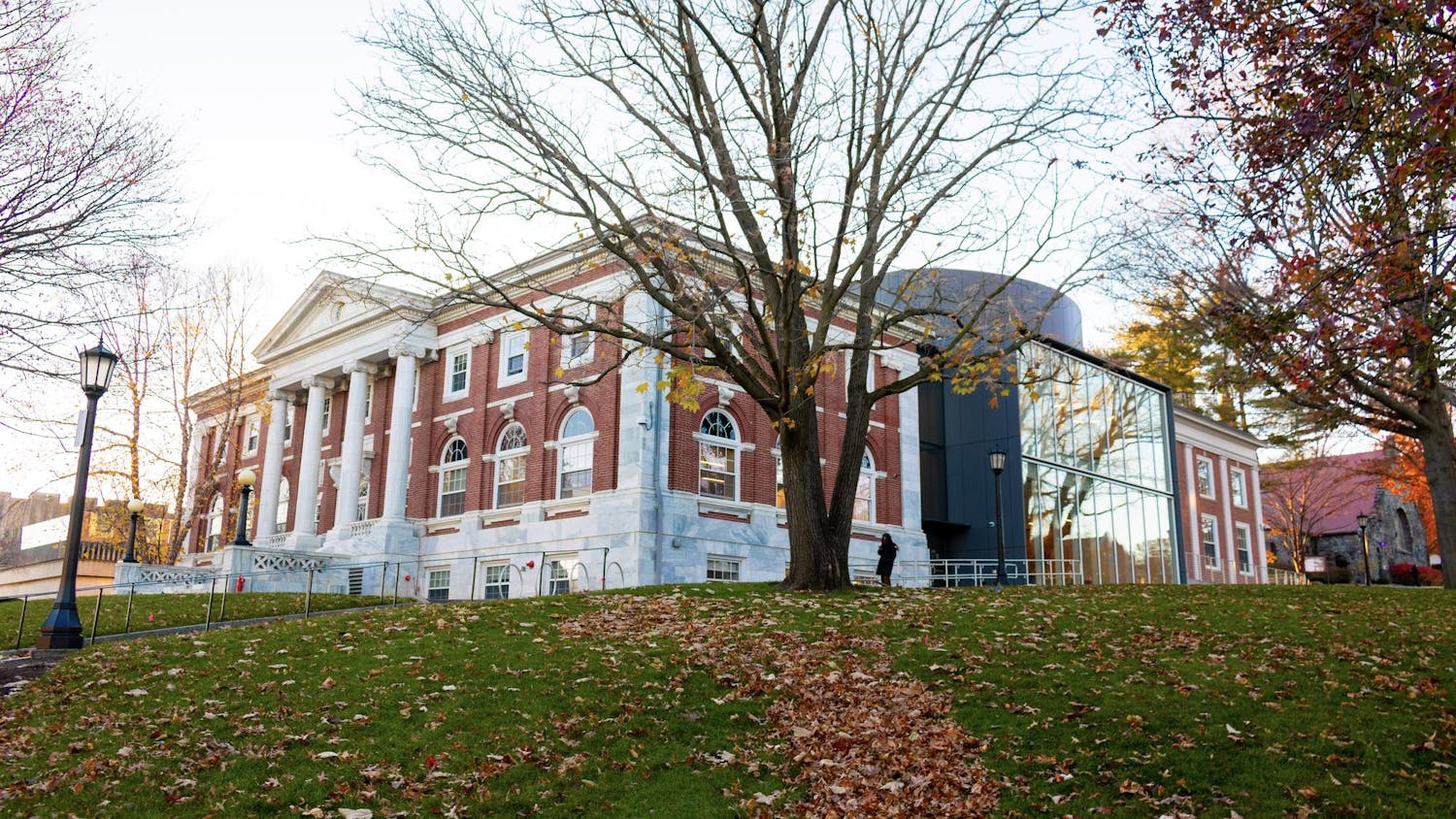Recruiting athletes to selective universities is a tricky issue. Opponents of the practice claim that the system unfairly gives advantages to students who possess no differentiating academic talent, or worse — are less qualified than their non-athlete counterparts. Proponents cite the high rate of minority participation in the collegiate staple sports — basketball and football — relying on an argument not dissimilar to that used by the architects of affirmative action. Today, we’ll take a look at athlete admissions at elite colleges.
According toformer Dartmouth admissions officer Michele Hernandez, approximately 40% of first-year classes are reserved for what are called “hooked students” — i.e. minorities, legacies and athletes. Half of those reservations are for athletes, making it the largest group of hooked students by a wide margin.
Not only are athletes the largest single group of hooked students, but they are also given the largest boost in admissions. William Bowen, former president of Princeton University, found that at 30 selective schools in the U.S., athletes received an average 48% increase in odds for admission versus 25% and 18% to legacy applicants and minorities respectively.
Light into Harvard’s athletic recruitment policies was buried in a 168-page report that the university’s admissions office provided the public during its legal battle involving allegations of discrimination against Asian American applicants.
According to Harvard's legal filings, Harvard relies on a system of ranking athlete applicants on a scale from one to six, with a score of six reserved for applicants with the highest grades and test scores, and one for the opposite — an athlete with little to no qualifying material for a Harvard admissions letter. Of applicants with a score of four, 70% received admissions letters during the last cycle. During that same cycle, non-athlete applicants with identical credentials were admitted 0.076% of the time, which is nearly a staggering 1000 times less than their athletic counterparts. Is there any ethical justification for these numbers?
Some groups claim that the schools are providing kids with opportunities at institutions that they would not otherwise have. In other words, the beneficiaries of athletic boosts are disadvantaged minority students who need the advantage over wealthy white individuals. It is true that at many collegiate football and basketball players are black, but in reality this is largely insignificant. In the Ivy League, 65% of varsity athletes are white. In the NESCAC, 79% of varsity athletes are white. In both conferences, athletic scholarships are prohibited so schools aren’t able to promise prospective athletes from low-income backgrounds support at the front door. The result is that a large portion of recruited athletes in the Ivy League and NESCAC come from affluent families.
According to the Harvard Crimsons survey of the Class of 2022, 46.3% of first-year athletes come from families with annual incomes over $250,000. Only 3.7% of recruited athletes came from families with incomes less than $40,000.
Some part of this admissions process benefits disadvantaged athletes, but largely it seems to be a mechanism that benefits the wealthy who can pay for the expensive equipment, travel and team dues that are required to perform at a high athletic level.
More from The Tufts Daily
Editorial: Letter to the Hill
By
The Editorial Board
| December 8
Are the Oscars really merit-based?
By
Jachin Lam
| December 8





